
ADB SAFEGATE Airport Systems is helping airports digitalise in order to improve both safety and efficiency in many areas of their operations. In an interview with Airside International Magazine, Ilya Burkin, global sales director digital solutions at ADB SAFEGATE Airport Systems, talks about the concept and the new airport management platform ADB SAFEGATE helped develop for Riyadh Airports Company (RAC).
Plublished by Airside International Magazine, June 15, 2020. Read the full interview here.
ADB SAFEGATE Airport Systems is helping air gateways digitalise in order to improve both safety and efficiency in many areas of their operations. The latest to benefit is Riyadh Airports Company, for whom the company helped develop a new airport management platform called OFOQ. Ilya Burkin, global sales director digital solutions at ADB SAFEGATE Airport Systems, explains all…
When did you initially start working with RAC on this project?
Riyadh Airports and ADB SAFEGATE have enjoyed more than 40 years of very productive partnership and collaboration. About five years ago, ADB SAFEGATE started to invest in the digitalisation of airport operations, moving towards the idea of Digital Airports in a move that didn’t go unnoticed.
Subsequently following a competitive tender, Riyadh Airport chose us to work on a new Airport Management Platform that is now called OFOQ.
OFOQ means ‘Horizon’ in Arabic, which encapsulates RAC’s ambitious plans for growth and expansion.
How did you go about developing OFOQ in partnership with RAC?
Projects like this are always a collaboration between the vendor and an airport. However, with RAC, they were requesting a truly multi-faceted approach with a vendor who understands the operation of each different component of the airport – airfield, apron, terminal, air traffic control (ATC) – and knows how to link it all together and orchestrate total airport management.
The ADB SAFEGATE roadmap perfectly aligns with RAC’s strategy for digitalisation and automation: OFOQ is based on the principles of openness, elasticity and predictability.
What data sources support the OFOQ system?
15 different external systems are integrated with OFOQ, ranging from airlines’ and ATC data to ADB SAFEGATE docking guidance and apron management solutions.
And how are those data sources used, managed and interpreted to ensure optimal efficiency?
One of the ideas behind OFOQ is to simplify integration and create an ecosystem that will grow, following increasing demand and the operational strategy of Riyadh Airports.
We worked very closely with the Operations Department of the airport to identify processes and decide how they could be optimised and automated, such as the automation of in-block/off-block procedures, aircraft turnaround management, communication with ground handlers and ground staff, and the management of baggage movements.
All of these aspects of airport operations are mostly ‘behind the scenes’ for passengers, but jointly they contribute to overall on-time performance (OTP) and are essential for passenger satisfaction.
Do such airport operations management systems form an important part of the ADB SAFEGATE offering today?
Innovation has been the driving force behind ADB SAFEGATE for more than 100 years. In the 1920s, variable resistors revolutionised theatre lighting, and in 1947, we took our first steps into aviation, supplying and installing airfield ground lighting (AGL) at Brussels Airport to enable night flights.
After 75 years as a pioneer within the aviation industry, the pace of innovation is today accelerating. We see a huge growth in demand of intelligent airport management solutions and, being a provider of solutions for ‘Airfield, Apron, Tower and Terminal’ we truly believe in the concept of the ‘Digital Airport’.
The ADB SAFEGATE vision of the fully autonomous Digital Airport managed by systems is truly ambitious. It depends on integrating processes and systems from the tower, airside, apron and terminal. It is enabled by advanced technologies, including data analysis, machine learning (ML), artificial intelligence (AI) and video surveillance.
Read the full interview here.
View the digital magazine here.
- ADB Safegateairport performanceCustomer implementationsDigital AirportDigital apronIntegrated SolutionsTotal Airport Management

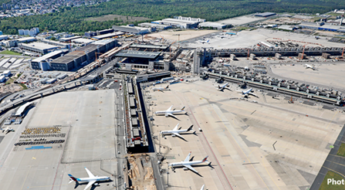

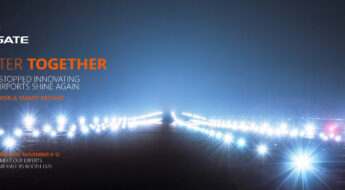

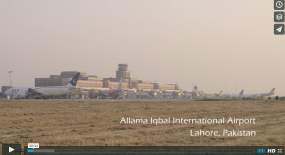


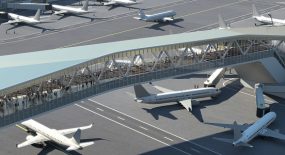


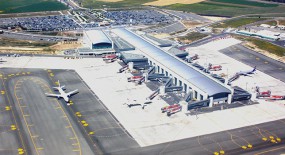



Very informative and well described post it was. Really helpful for many people.
If you want to know more about these then you may follow : http://www.aviationinfrastructure.com